Grass would be more of a hassle. Once the plants have properly rooted down, the tracks shouldn't need any watering or routine cutting. I'm guessing that the trams themselves prevent most of the plants from growing too long. As can be seen in the first picture there, the plants between the rails are shorter than those between and outside the two tracks.
Nice! Altocumulus stratiformis undulatus, but with two intersecting systems of undulations. Think of them like cross waves at sea.
Thanks! Time really is the most important ingredient. Look at enough sunsets and sunrises with an adequate camera on hand, and every now and then a great scene will come up. After that it's just point and shoot.
Thanks!
Thanks! Yes, it is a photo. The moth was chilling on a window after sunset. The blue dots are out of focus apron lights.
They sure don't tend to do that, but there are still mundane explanations for this. An unintentional collision between the satellite and another object being one of them.
"I find it hard to believe they would use such a big satellite as an ASAT target," McDowell said.
Not because of Kessler syndrome, just your run of the mill space debris reentering the atmosphere and increasing the amounts of certain metals up there that contribute to ozone depletion. In other words, that may well happen even if we're lucky and avoid Kessler syndrome.
Posio, southern Lapland, Finland
Posio, southern Lapland, Finland
Almost forgot to get back to you about that last part: Yes it did, but this wasn't that.
Here's a picture I took when the smoke was making a sunset unusually red:

This was a telephoto at the horizon at around midnight. The sun was only a bit above the horizon, so the lighting was similar to a sunset/sunrise.
Here's another picture of that same midnight, looking towards the sun.


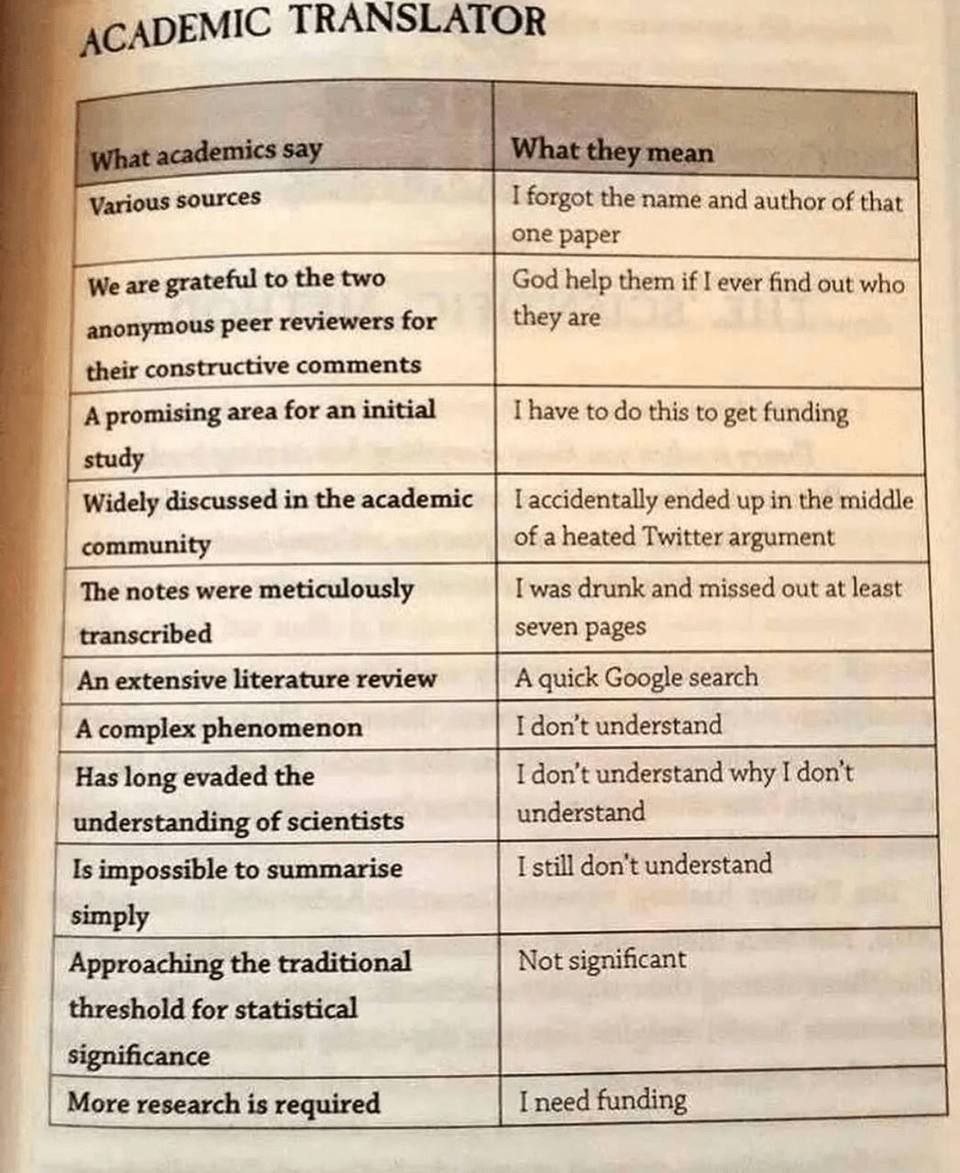

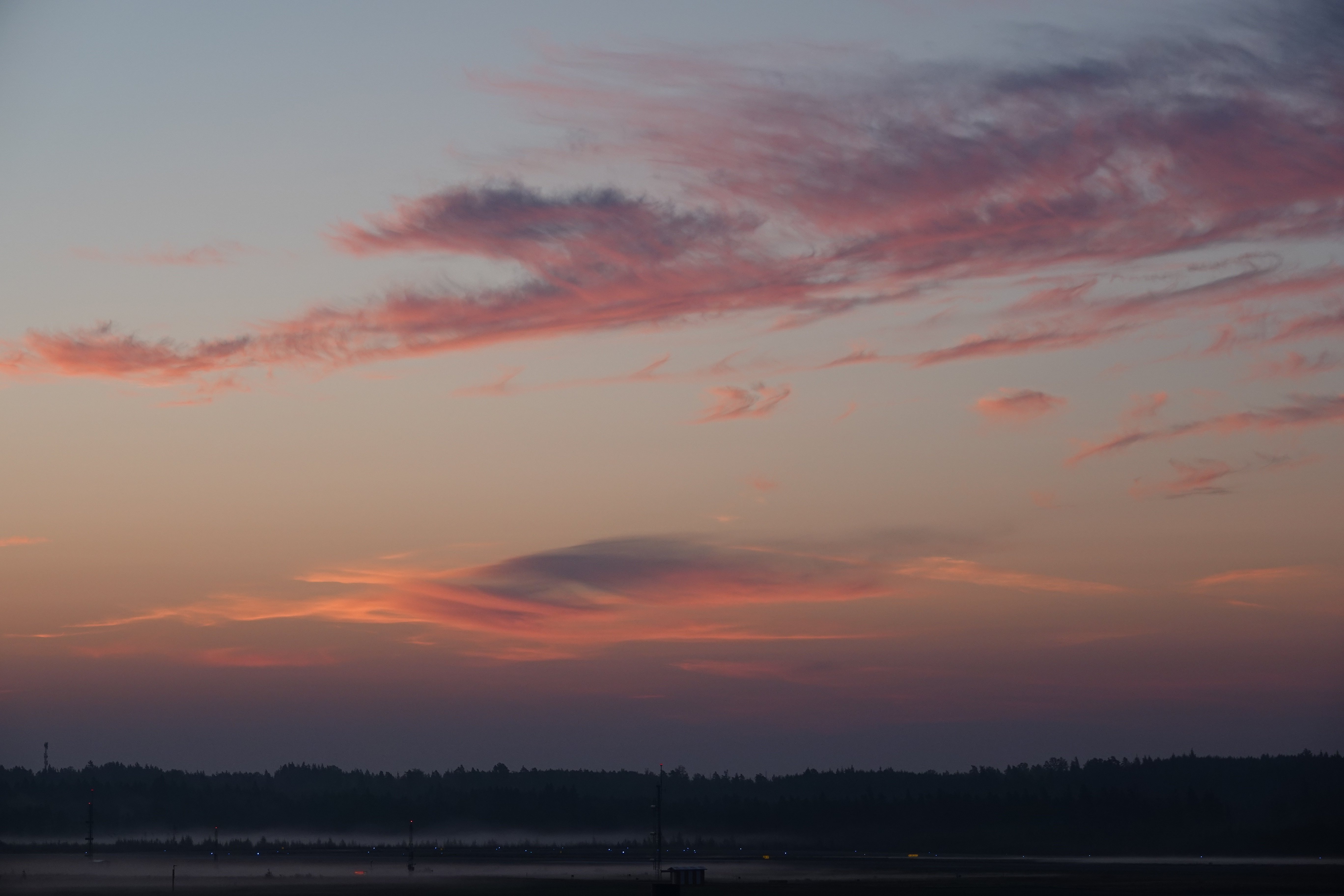

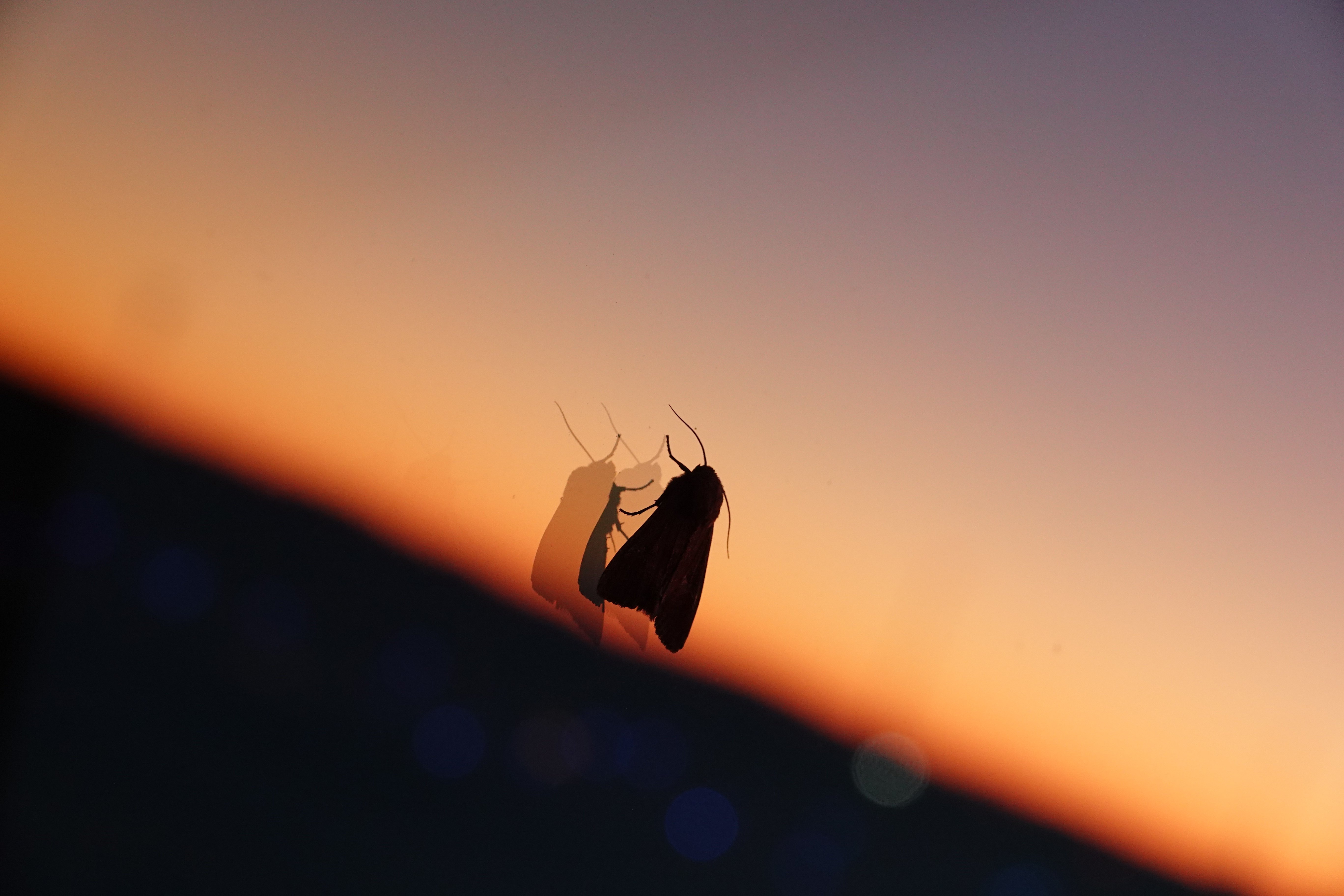
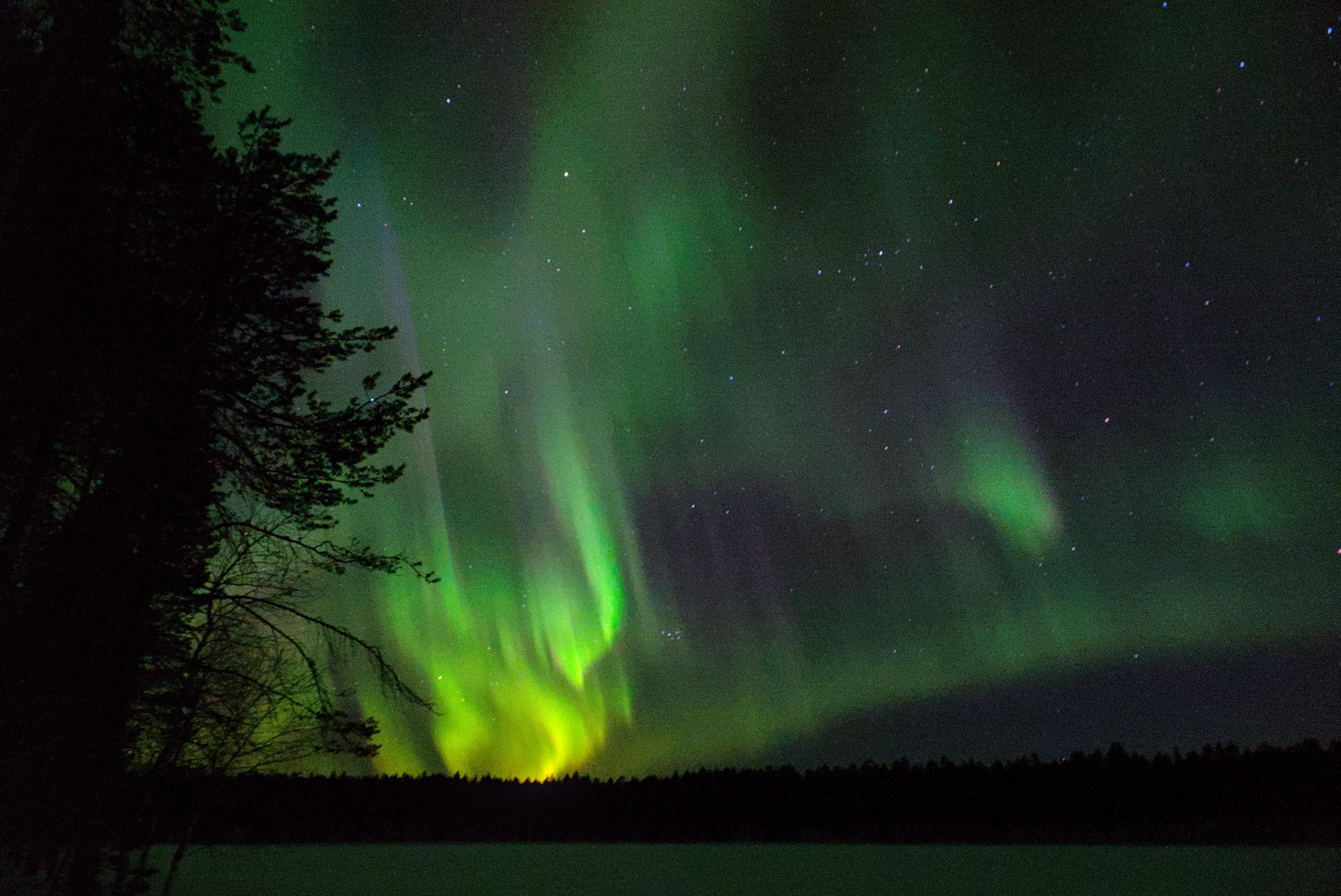
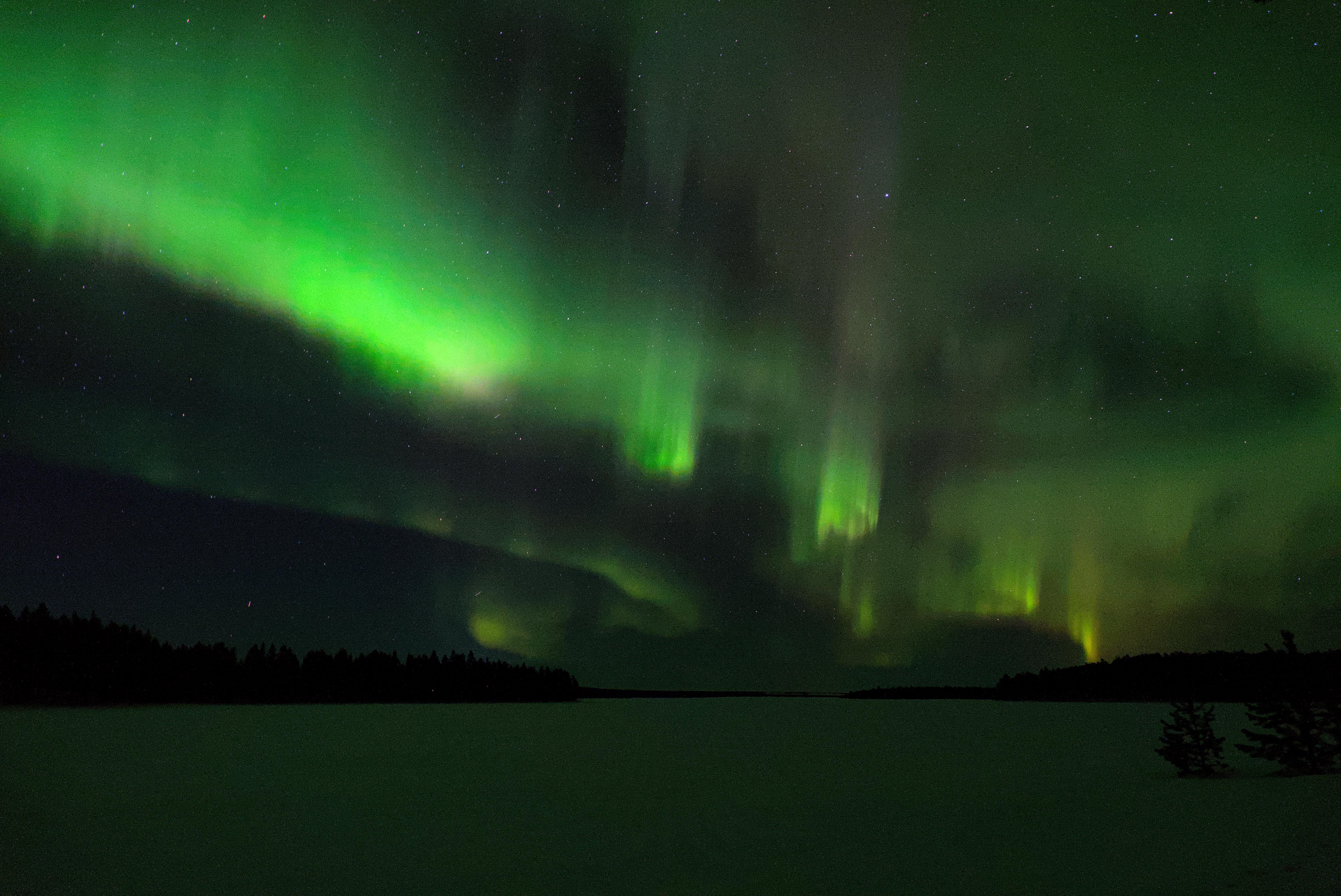
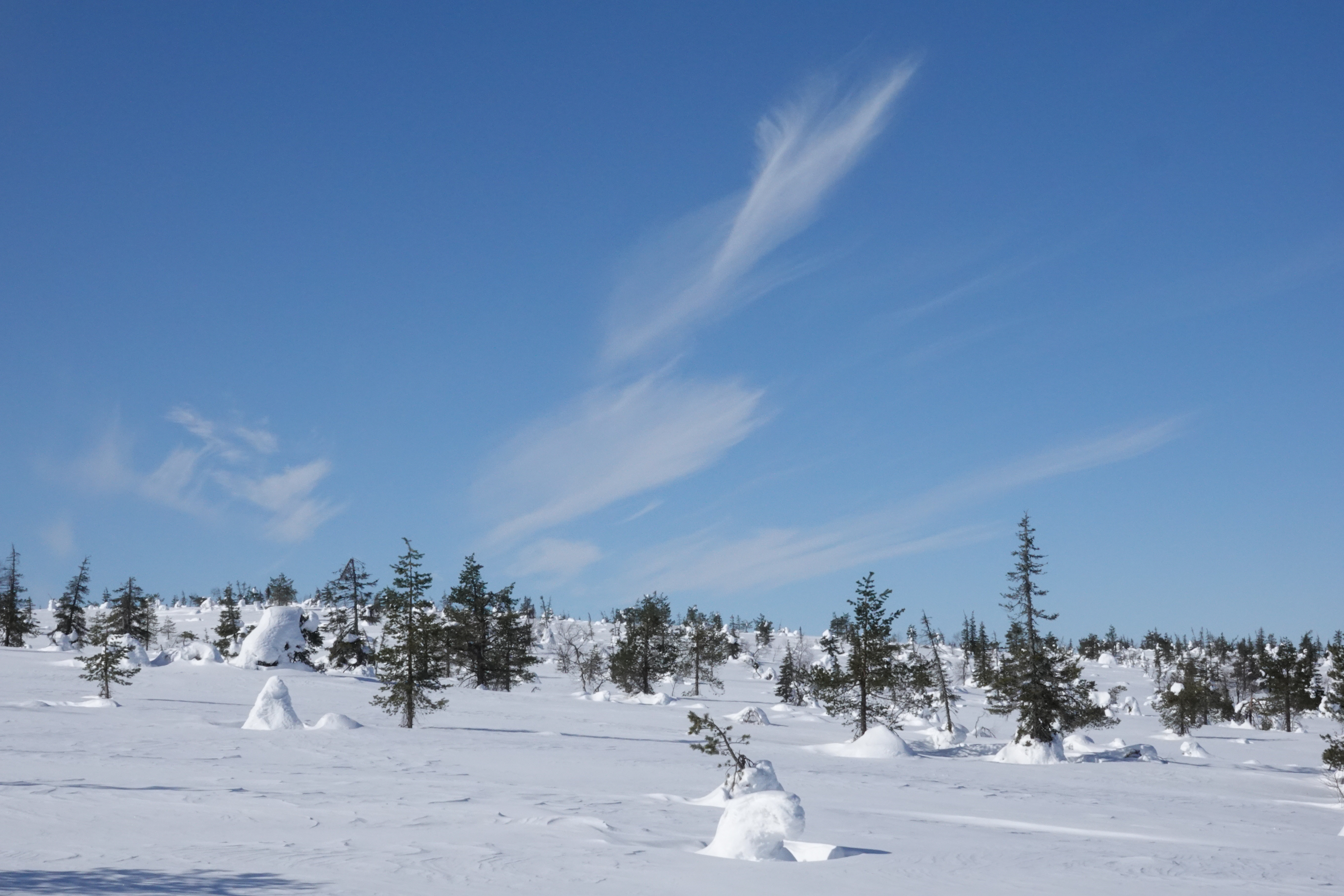

Great to see it. Those look very nice!